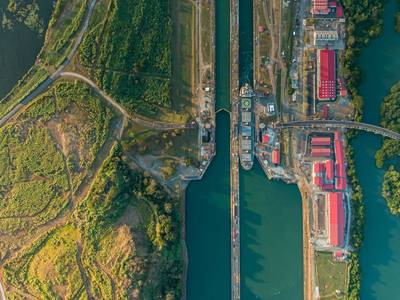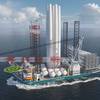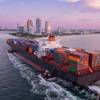Panama Canal Eyes Doubling Container Transits
The Panama Canal Authority could double in coming years the number of containers that move through the commercial waterway that links the Pacific and the Atlantic oceans, the canal's chief told a maritime conference.
The authority, which has an $8 billion investment plan, is putting in place a water conservation strategy following a severe drought that forced ships between late 2023 and early 2024 to take alternative routes between the United States and Asia.
As part of that, it is encouraging shippers to consolidate cargoes so less water is used for vessels to pass, particularly container ships, canal chief Ricaurte Vasquez said at the Houston International Maritime Conference.
The canal is also planning to use its west bank lands to expand Panama's cargo transfer capacity, which allows shippers to offload containers, move them via rail, truck or vessel, and then reload them onto ships, he said.
That would allow the canal to move at least an additional 5 million containers per year by 2045, from the current 8.3 million containers, Vasquez said. Container ships are its most important business segment.
A prior expansion, which introduced a third set of locks in 2016, has allowed the waterway to focus more on container ships than bulk carriers. However, the canal in October began to see a return of bulk carriers, Vasquez said.
CALL FOR RETURN
Through a new long-term slot reservation system, the canal last month allocated about 40% of its largest locks' passage capacity for next year. Container ships and liquefied natural gas (LNG) vessels secured the most slots.
The number of LNG vessels passing through the canal remains lower than usual, despite the lifting of drought-related restrictions, Vasquez said.
U.S. LNG producers are still avoiding the canal, spurred by strong demand for U.S. LNG in Europe and competitive freight costs on alternative routes. But Asia's LNG demand is expected to bounce back next year, potentially increasing their need for the canal, they have said.
However, the canal is "concerned" about a possible new trade war between China and the U.S. if President-elect Donald Trump follows through on his proposed high tariffs on Chinese goods. Such a scenario could introduce "distortions," especially for LNG trade, Vasquez said.
"Energy products have become a major element in our customer base and in our profit base," he said, adding that the canal is exploring business opportunities with the Port of Houston, which acts as distribution center for many U.S. commodities.
(Reuters)











